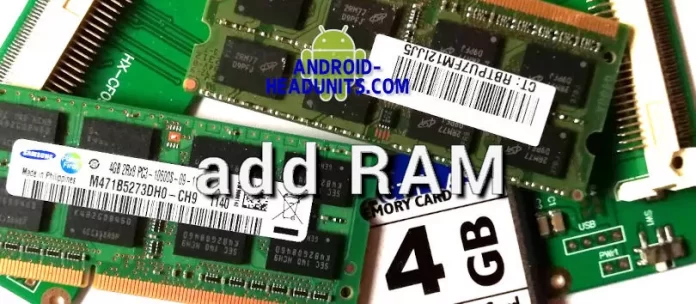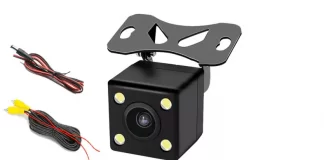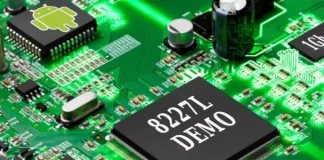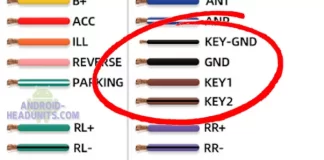RAM is one factor that determines how quickly an Android headunit operates. More RAM means more apps or more of the app can be kept in RAM for quick access, say, for switching between navigation and streaming. More RAM means a more fluid experience.
Fakes (8227L)
The early fakes had a miserly 1 GB of RAM, which left only 762 Mb for the user to load apps after Android had used its share. The Chinese fakers edited the files that report the RAM level to show they had 2 GB RAM worth of chips fitted.
This looked good on the sales pages, and even with CPUZ and AIDA64, the actual usable RAM was still less than 1 GB.
PX6 upgrade?
The PX6 processor can access a respectable 4 Gb of RAM. This is the maximum addressable RAM. There may be less RAM fitted, but never more. 4 Gb is the PX6 maximum RAM.
UIS7862 6 Gb
As newer processors are designed for Android headunits, the designers include the ability to access more RAM so that the mainboard designers can specify a higher amount of RAM. The UIS7862 SoC can access a maximum 6Gb of RAM.
RAM Upgrades
Extra RAM chips, DIMM slots, SODIMM RAM and DDR RAM, are all often upgradable on a PC or laptop by removing the cover and operating a few clips. Removing the lower capacity RAM modules and replacing them with higher capacity RAM chips or filling an empty RAM slot with a stick of RAM are all options, but not for the Android headunit.
Although the Android headunit may look like a mini PC, it is much more akin to a phone. You can’t upgrade the RAM in your phone; you buy a more modern phone when your current one gets ‘slow.’
There are no RAM upgrades for Android headunits, and quite often, the limit is the processor (SoC), but if not, no empty RAM slots are waiting to be filled.








